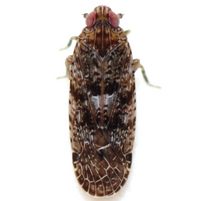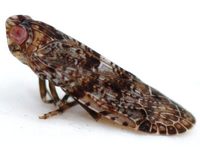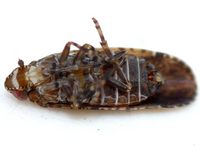|
|
|
|
Species Photo Gallery for Catonia lunata No Common Name 4 |
 | Photo by: Kyle Kittelberger, Paul Scharf
Vance Co.
Comment: grassy/brushy/pine habitat |  | Photo by: Kyle Kittelberger, Paul Scharf
Vance Co.
Comment: grassy/brushy/pine habitat |
 | Photo by: Kyle Kittelberger, Paul Scharf
Vance Co.
Comment: grassy/brushy/pine habitat |  | Photo by: Kyle Kittelberger, Paul Scharf
Vance Co.
Comment: grassy/brushy/pine habitat |
|

 »
»



 »
»

